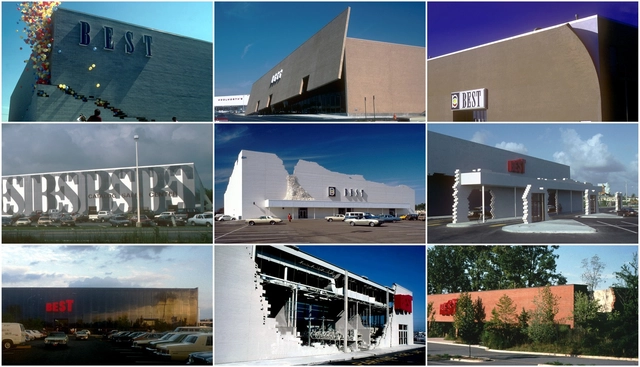
Integrating contemporary art with the landscape in a dialogue between human creation and the natural environment, the Sculpture Space of the National Autonomous University of Mexico (UNAM) represents one of the most important public artworks in Latin America. Both the Sculpture Space and the Pedregal de San Ángel Ecological Reserve at UNAM in Mexico City have recently been awarded the Carlo Scarpa International Prize for Gardens 2023-2024, granted by the Benetton Foundation for Studies and Research based in Treviso, Italy. They were recognized for their high natural, historical, and cultural value as works of preservation and collective art that emerged from a lava surface where new neighborhoods and UNAM’s University City were developed.








_Ross_Duggan.jpg?1522798592&format=webp&width=640&height=580)
_David_Dare_Parker.jpg?1522822132)
_Richard_Watson.jpg?1522822056)
_Richard_Watson.jpg?1522822029)
_Gj%C3%B8de___Partnere_Arkitekter.jpg?1522822514)
_Ross_Duggan.jpg?1522798592)











